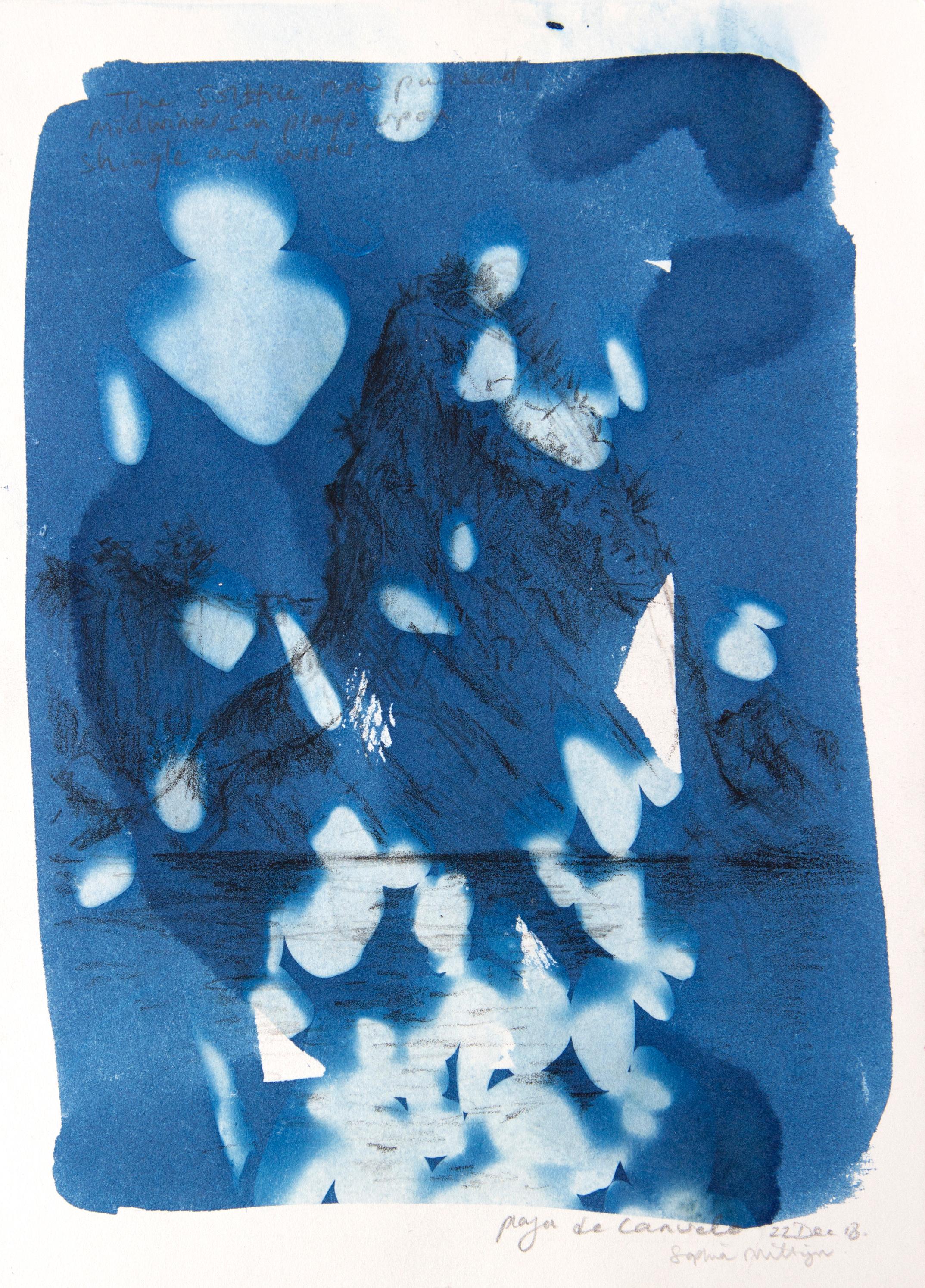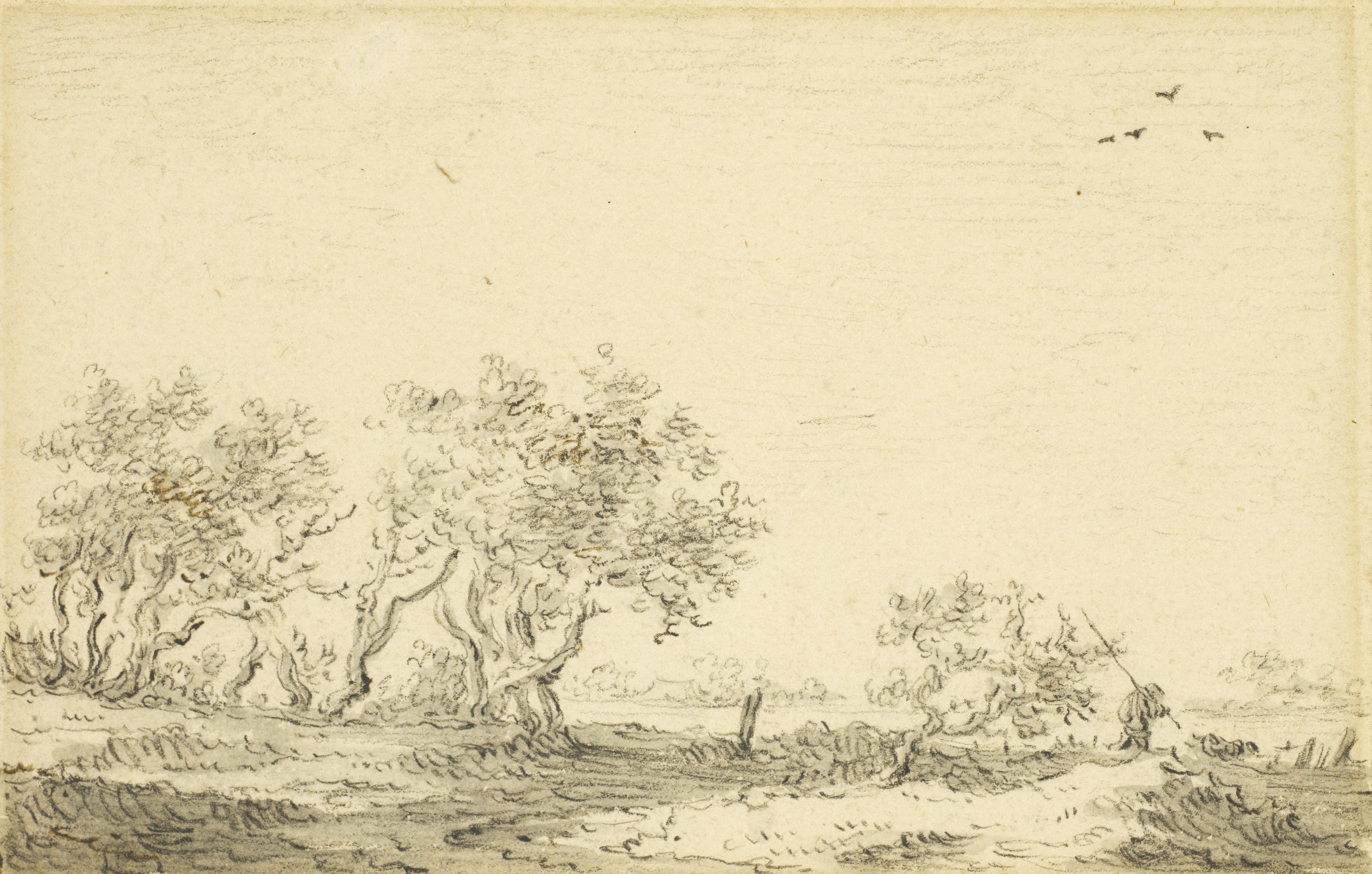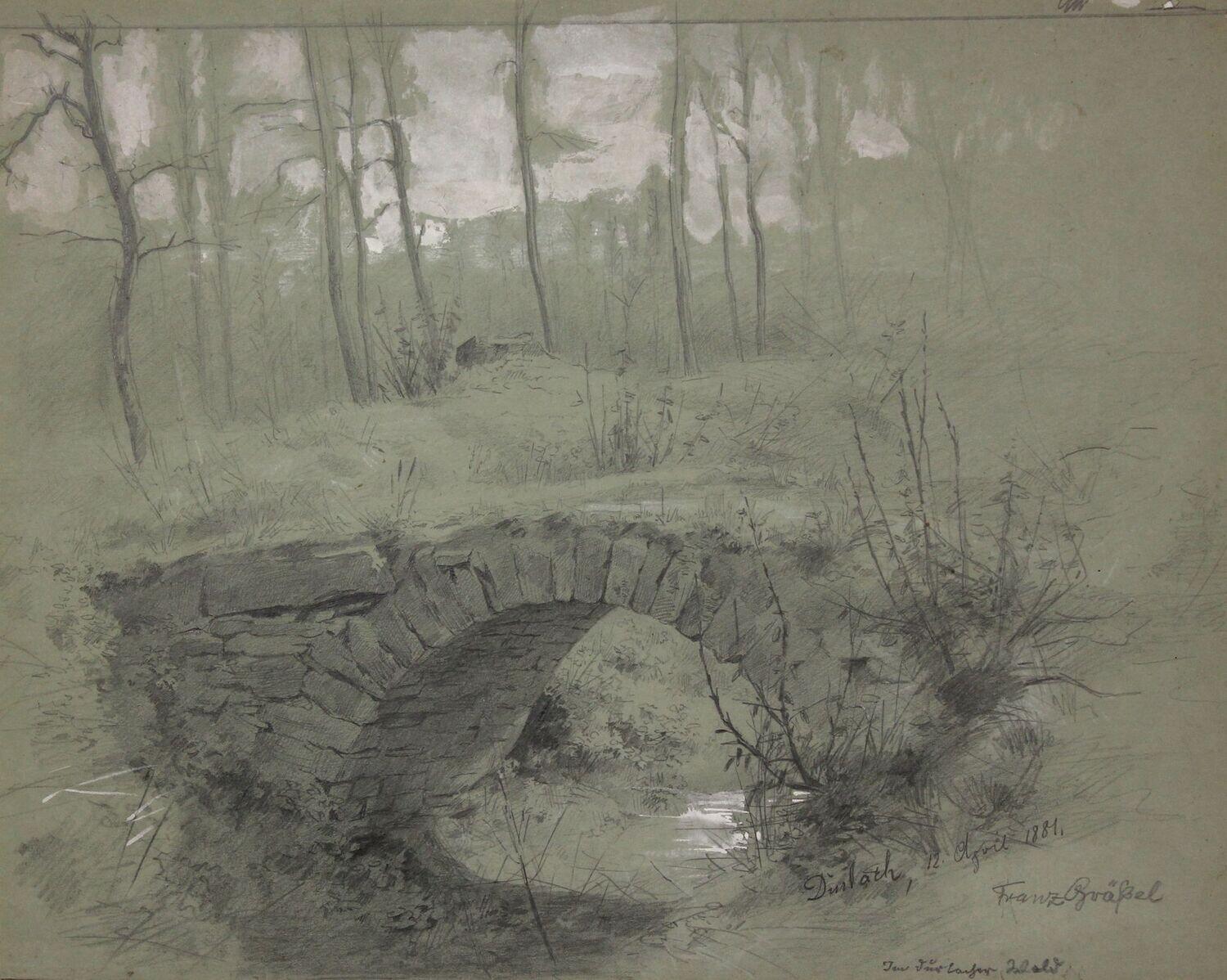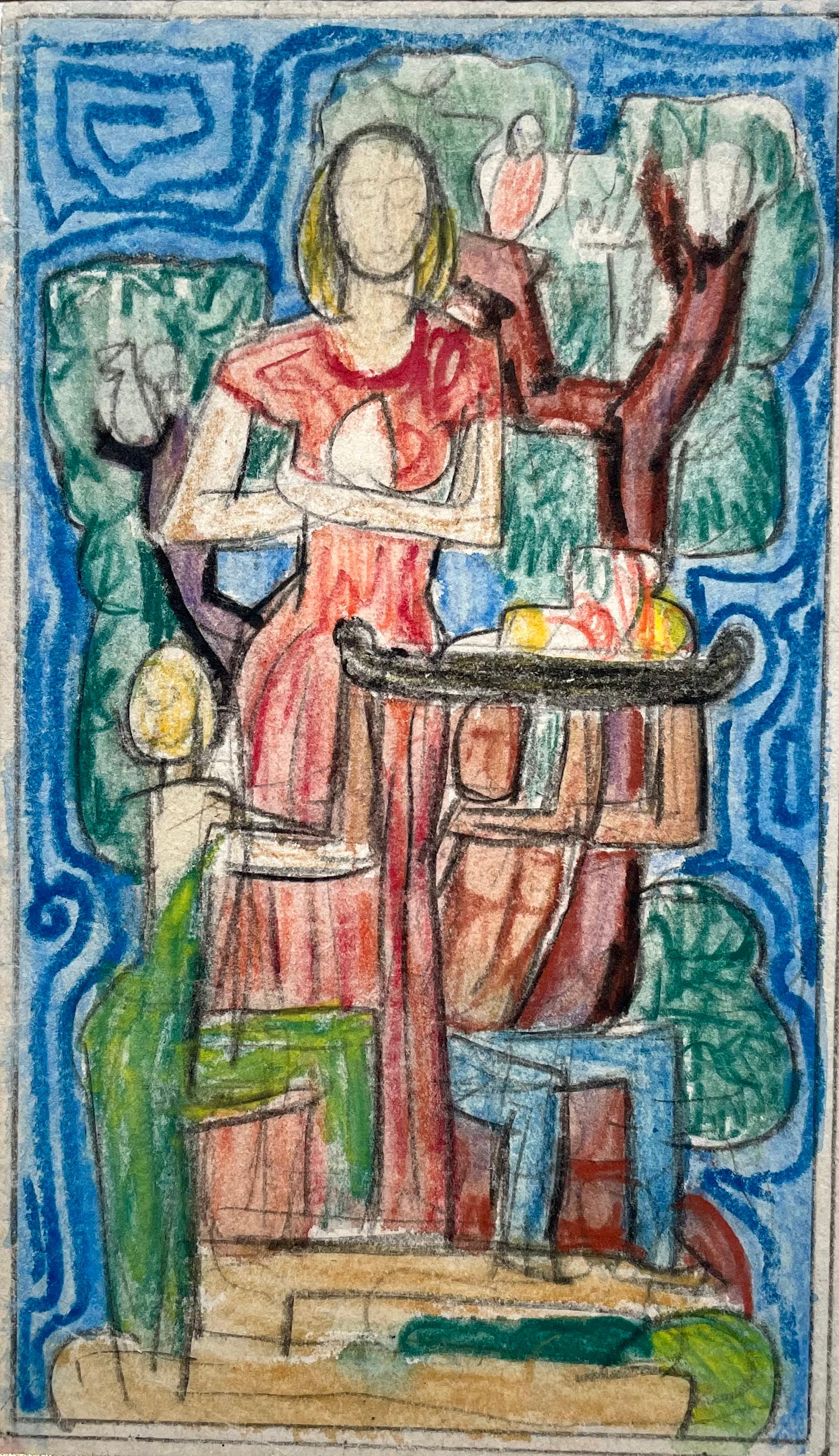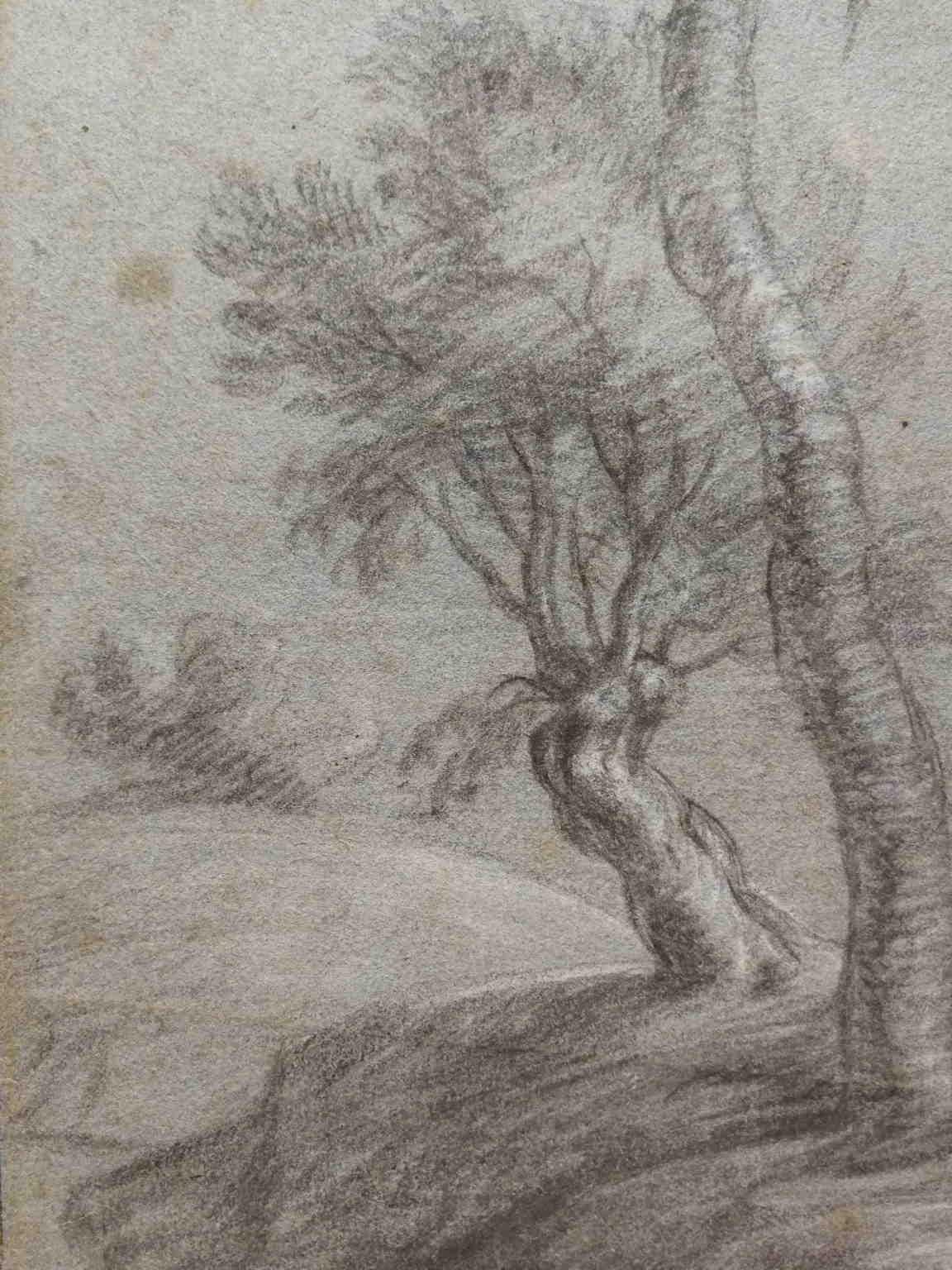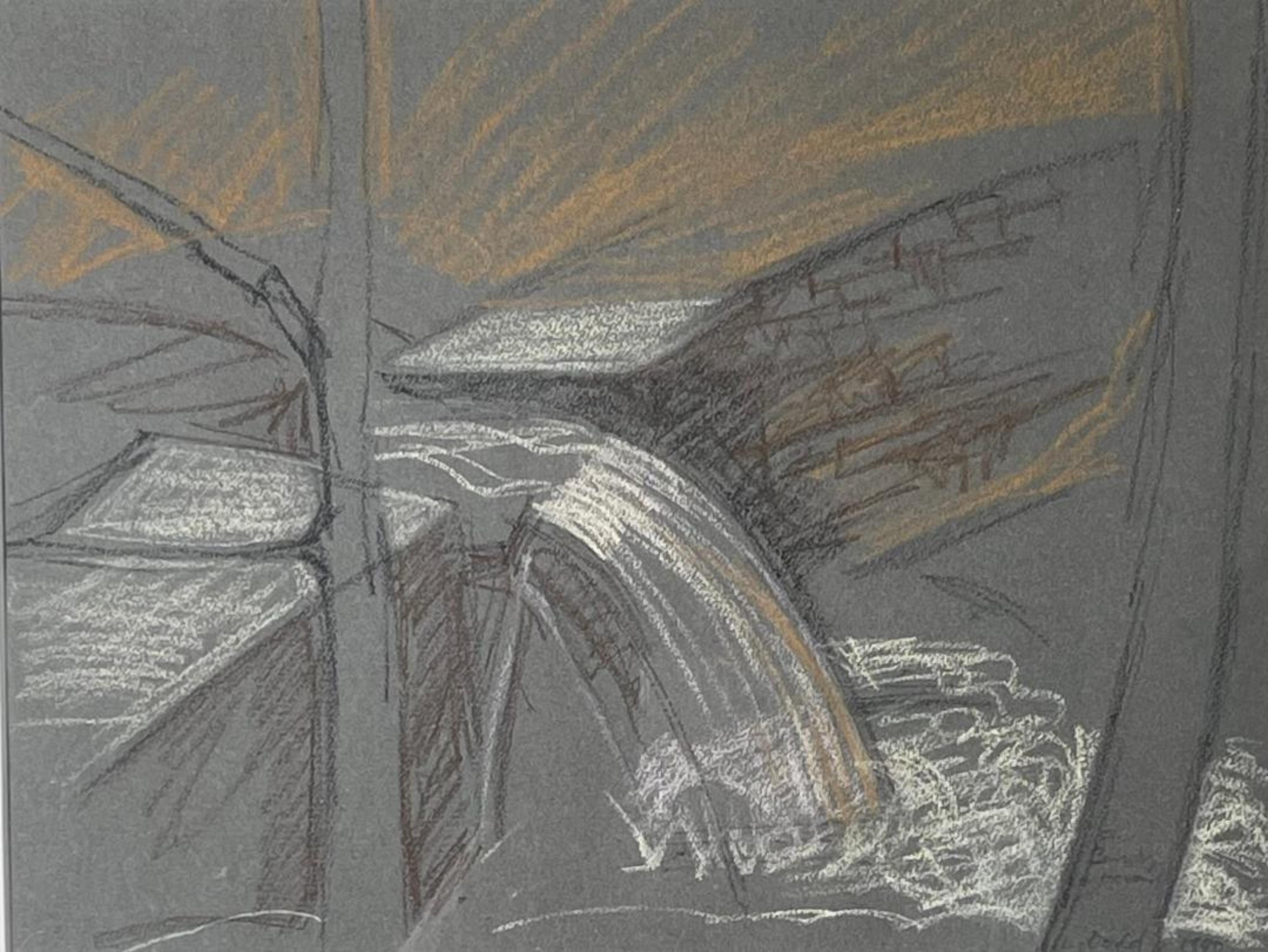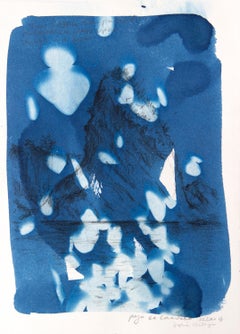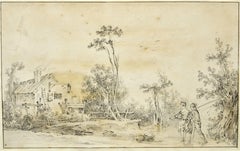
A busy London street at night
1 of 1
George James RoweA busy London street at night
About the Item
- Creator:George James Rowe (1804 - 1883, British)
- Dimensions:Height: 4.25 in (10.8 cm)Width: 5.75 in (14.61 cm)
- Medium:
- Period:
- Condition:
- Gallery Location:Petworth, GB
- Reference Number:Seller: B144/71stDibs: LU54632323121
You May Also Like
- 'Guijarros y Agua'. Spanish seascape painting, drawingBy Sophia MilliganLocated in Penzance, GBSOPHIA MILLIGAN 'Guijarros y Agua' Original Artwork (unframed*) ______________ Winter solstice light dancing on shingles and lapping tidal movements, towering rock formations rise ...Category
2010s Contemporary Landscape Drawings and Watercolors
MaterialsPaper, Conté, Mixed Media, Pencil, Carbon Pencil, Color Pencil
- A rural landscape, a drawing partly attributed to Francois BoucherBy François BoucherLocated in PARIS, FRProvenance: • Bought from Sicart in Lyon by the Marquis de Chennevières (1820 - 1899) - Chennevières Collection (stamped lower left - Lugt 2072) • Inscribed on the back of the mount "Salle 10/Delestre, 27 February 1899” • Sold in Paris at the Hôtel Drouot during the second Chennevières sale (4 to 7 April 1900, n°44) as François Boucher - number 44 (sold for 18 francs to Roblin) • Sold in Paris at the Hôtel Drouot, 4 and 5 March 1901, n°12 as François Boucher Bibliography: this drawing is cited by Chennevières in "Une collection de dessins d'artistes français" (chapter XVIII, page 24-25) and is number 1033 of the Catalogue de la Collection Chennevières compiled by Louis-Antoine Prat with the collaboration of Laurence Lhinares. This well-documented drawing was given to Boucher by the Marquis de Chennevières, one of the most important collectors of drawings at the end of the 19th century. While the landscape is reminiscent of Boucher's other landscape drawings, our drawing was probably modified at a later stage by the addition of the two figures in the right foreground and by the slight enhancement of the horizon line behind them. 1. François Boucher, the master of French rocaille The extraordinary career of Francois Boucher was unmatched by his contemporaries in versatility, consistency, and output. For many, particularly the writers and collectors who led the revival of interest in the French rococo during the last century, his sensuous beauties and plump cupids represent the French eighteenth century at its most typical. His facility with the brush, even when betraying the occasional superficiality of his art, enabled him to master every aspect of painting – history and mythology, portraiture, landscape, ordinary life and, as part of larger compositions, even still life. He had been trained as an engraver, and the skills of a draftsman, which he imbued in the studio of Jean-Francois Cars (1661 – 1738), stood him in good stead throughout his career; his delightful drawings are one of the most sought-after aspects of his oeuvre. As a student of Francois Lemoyne (1688 - 1737), he mastered the art of composition. The four years he spent in Italy, from 1727-1731, educated him in the works of the masters, classics, and history, that his modest upbringing had denied him. On his return to Paris in 1734, he gained full membership of the Royal Academy of Painting and Sculpture with his splendid Rinaldo and Armida (Paris, Musée du Louvre). Although, throughout his career, he occasionally painted subjects taken from the Bible, and would always have considered himself first as a history painter, his own repertoire of heroines, seductresses, flirtatious peasant girls and erotic beauties was better suited to a lighter, more decorative subject matter. His mastery of technique and composition enabled him to move from large scale...Category
1740s Old Masters Landscape Drawings and Watercolors
MaterialsChalk
- Landscape with Trees and a Fisherman walking, a drawing by Jan Van GoyenBy Jan Josefsz Van GoyenLocated in PARIS, FRNo Dutch draughtsman ever captured the atmosphere of the rural countryside of Holland with the same atmospheric and engaging simplicity that Van Goyen achieved in drawings such as this. Indeed, his landscapes were seminal in the development of the genre. The present sketch conveys a striking sense of movement within the natural landscape, conveyed by the deftly applied strokes of chalk, from which the artist’s hand can be sensed. The composition is characteristic of his work, with the low horizon affording significance to the broad sky and the soaring birds within. This feeling of windswept motion powerfully evokes the expansive Dutch farmland with which he was evidently preoccupied. 1. Jan van Goyen...Category
1650s Old Masters Landscape Drawings and Watercolors
MaterialsChalk, Ink, Laid Paper
- Old Master Drawing, Westerkerk Keizersgracht in Amsterdam, 17th century, DutchLocated in Greven, DEJan van der Heyden (1637 Gorinchem - 1712 Amsterdam), attributed. Old Master Drawing, Westerkerk Keizersgracht in Amsterdam, 17th century, Dutch Westerkerk and Keizersgracht in Amsterdam Backside: later drawn backside with village church of the 18th century Chalk and pen on paper 23,5 x 18,5 cm Preliminary drawing for a painting from the creative period c. 1667 - 1670. This painting has been published a few years ago by Peter C. Sutton in the catalogue raisonné of the artist. Van der Heyden was initially a pupil of a glass painter, but later turned exclusively to architectural painting and went to Amsterdam, where he painted views of churches, castles, palaces, public squares, streets, canals, etc., most of which are richly decorated with staffage. In addition, van der Heyden was also active as an inventor, for example, he developed a street lighting system for Amsterdam by means of oil street lamps, which was in operation from 1669 to 1840. After a stay in London, he painted the London fire of 1666, which he either witnessed himself or had seen the consequences of. Certainly influenced by this, he did much to further the technical and organisational development of the fire brigade from 1669 onwards. His greatest invention was probably the fire hose, which enabled significant improvements in fire-fighting technology and tactics. He also improved the hand-operated fire engines of the time by making them smaller, more mobile and more powerful, and he developed the series connection of several pumps to increase the pressure in order to achieve a greater range for the water jet. In 1690, together with his son, he was the author and illustrator of the Brandspuiten-boek, the first manual for fire fighting. Johann Lingelbach, Adriaen van de Velde and Eglon van der Neer...Category
17th Century Dutch School Landscape Drawings and Watercolors
MaterialsPaper, Chalk
$1,659 Sale Price20% Off - Entrance to the temple at Klungkung, Bali, 1925Located in Amsterdam, NLEntrance to the temple at Klungkung, Bali, 1925 With studio seal at the reverse, dated and described, bottom left Black chalk on paper, 53 x 46.5 cm In ebonized frame with white mount Willem Otto Wijnand Nieuwenkamp (1874-1950) Nieuwenkamp was born on July 27th 1874 in Amsterdam. His father owned sailing ships sailing to Indonesia and hearing the stories of the returning captains evoked in the young Nieuwenkamp an obsession for distant lands and adventure. After a failed attempt by his father to have his son make a career in his business, Nieuwenkamp attended the Academy for Decorative Art in Amsterdam. However, he left within one year to go his own way. He was an autodidact and a great experimenter with new techniques, particularly in the art of etching. Nieuwenkamp was a very focused man with the discipline of a scientist tempered by the sensitivity of an artist, a lust for adventure, a natural appreciation for ethnic arts and an enormous ambition to tread new paths. In 1898 he visited Indonesia for the first time and on his second visit in 1903-1904 he went on to Bali and became the first foreign artist to love Bali and the Balinese with a passion. Having secured agreements with several museums in the Netherlands to obtain Balinese art...Category
1920s Art Nouveau Landscape Drawings and Watercolors
MaterialsPaper, Chalk
- In the forest of Durlach - Quiet ripple in a secret place -Located in Berlin, DEFranz Xaver Graessel (1861 Oberasbach/Baden - 1948 Emmering). In the forest of Durlach. 1881. Pencil drawing, heightened with white, on grey-green paper. 33 x 41.7 cm. Signed, dated and inscribed by the artist himself: 'Franz Graessel. Durlach, 12 April 1881". About the artwork The drawing depicts a view of the woods which, as if sharpening the visual focus, remains diffuse at the edges and does not allow the viewer to locate himself in the picture. As a result, the landscape appears to be an apparition, but at the same time it is given real substance by the solidity of the massive arched bridge made of quarry stone. As the main motif of the painting, the bridge, which blends in with nature like an archaic relic, also acts as a visual guide, drawing attention to the white, raised waters of the stream and the surrounding vegetation. The diffusion of perception that takes place there, however, draws the eye back to the bridge and thus to the overall view. This movement initiating a constant alternation of diffusion and concretion, which is the specific tension of the painting that brings the landscape to life. The materialisation and dematerialisation, however, does not take place solely through the eye's wandering through the picture; it is simultaneously linked to the viewer's approach to and distance from the picture, which loses its richness of detail precisely in the close-up, only to reconfigure itself with increasing distance. In this work, which dates from Graessel's studies in Karlsruhe, the artist reflects on the emergence of pictorial objectivity. Here, however, nature is more than a mere motif. The real connection between culture and nature is symbolically expressed by the choice of green paper. The drawing is an impressive testimony to Graessel's mastery of the sprezzatura with which he skilfully applies the most abstract of strokes, which visibly merge towards the centre of the picture. The signature and the exact date prove that Graessel gave this work more than the character of a mere sketch. About the artist Franz Graessel grew up in an environment that was to nourish his later key motifs: his parents' house was a mill. After attending the Karlsruhe Academy of Art from 1878 to 1884, where he studied under Carl Hoff, Graessel continued his training at the Munich Academy from 1886 to 1890 as a pupil of Wilhelm von Lindenschmidt. Trained primarily in genre and portrait painting, he initially portrayed the life of Black Forest farmers. From 1894 he turned increasingly to animal painting, concentrating on the depiction of ducks and geese, which earned him the nickname 'Enten-Graessel'. Graessel's work thus parallels that of Alexander Koester...Category
1880s Naturalistic Landscape Drawings and Watercolors
MaterialsPaper, Chalk, Pencil
$2,096 Sale Price20% OffFree Shipping
